An Evolving Ritual
The National Powwow showcases a mixture of tradition and competition
/https://tf-cmsv2-smithsonianmag-media.s3.amazonaws.com/filer/powwow_388.jpg)
The word "powwow," at least for many non-Native Americans, conjures up images of ceremonial dances practiced around the time of European settlement. But powwows were actually a late addition to Native American culture. It wasn't until the 1870s—after the U.S. government transplanted 67 tribes to Indian Territory, or present-day Oklahoma—that this practice, in an effort to maintain cultural identity, was born.
More than 130 years later, intertribal powwows have evolved into a celebration—and competition—of 21st-century proportions, drawing thousands of participants and spectators from across the globe to some of the world's largest venues. Throughout the year, dancers, singers and drummers travel the powwow circuit, which contains such notable stops as the Denver March, the Gathering of Nations in Albuquerque and the Schemitzun and Mohegan Sun in Connecticut. This weekend, some 40,000 people will bring their instruments, dance moves and vibrant regalia to the National Powwow in Washington, D.C., sponsored by Smithsonian's National Museum of the American Indian.
"There are now powwows in Europe and Japan. There was even one in Iraq," says Dennis W. Zotigh, cultural events coordinator for the museum. They have become so popular, he says, that 30 others in the United States and Canada are scheduled for this weekend.
The first known intertribal powwow, which took place just after the formation of Indian Territory, was the Ponca Powwow in 1879. Tribal members from hundreds of miles around the area gathered to participate in its dancing and singing. Though the intertribal aspect of the powwow was new, the concept was not. The term "powwow" came from the Narragansett word pauwau, which refers to curing ceremonies. Its meaning shifted a bit when translated into English, referring to an Indian gathering or a verb meaning "to confer in council."
From there, the ritual spread up and down the plains, from lower Canada to lower Texas, and gradually outward toward the coasts. In the 1970s and early 1980s, many tribes previously unfamiliar with the custom adopted it as a primary cultural activity—often in an effort to preserve and strengthen their shrinking Native American identity.
Whereas traditional powwows are festive affairs aimed to unite individual communities, today's competitive, intertribal powwows are filled with dancers who work year-round. Participants as young as six years old compete in any of eight categories: Men's Fancy Dance, Grass Dance, Southern Tradition and Northern Tradition and Women's Jingle Dress, Fancy Shawl, Southern Tradition and Northern Tradition. Dance styles have their own tribal origins and embody a range of activities—from hunting expeditions to healing rituals to freestyle movements meant purely to entertain.
The competitive nature of many of today's powwows arose naturally, Zotigh says. Wild West shows, like those produced by Buffalo Bill, brought a new showmanship to traditional cultures in the late 19th century, with dress and dance more embellished and exaggerated as a result. Today, similar changes to the ritual are occurring.
"Powwow dancing, compared to many ceremonial dances, is individualistic, and each dancer has his or her own interpretation and choreography," Zotigh says. "Traditional powwows try to keep traditional elements intact. But, at the large contest powwows, they encourage contemporary innovation."
Interpretation of a dance actually plays a big role in a competitive dancer's success, Zotigh says. New dance steps are regularly introduced at powwows, and those that score well often get integrated into the repertoires of other dancers. Judges also consider individual style, rhythm, agility, coordination, stamina, outfit design and timing—particularly, stopping at the final beat of the drum. This year, drum groups including the High Noon Singers from Alberta, Canada, the Battle River from Minnesota and Southern Thunder from Oklahoma—the rock stars of today's Indian world, says Zotigh—will provide the beats.
Learning a powwow dance is less about formal training and more about upbringing. Many dancers grow up in powwow families, dancing since they could walk and absorbing moves from the "extended family" of the powwow circuit, Zotigh says. He compares powwows to tennis, golf and rodeo, in that younger competitors work their ways up the ranks, actively touring the country on the "powwow highway."
In addition to the setting, regalia and dance styles, the duties of those working at powwows also shows the blending of the past and present of Native American life. Positions held by powwow leaders are direct outgrowths from ceremonial offices held by warriors in the war dances of the Great Plains. Today's "arena director," for example, polices the venue much like the "whip man" did in traditional times (although, he no longer uses a ceremonial whip to encourage dancers to their feet).
"The purpose of the powwow—no matter what tribe or urban area, like D.C., you are in—is about carrying on the gift and legacy from our ancestors that is song and dance," says Vince Beyl, an Ojibwa from Minnesota's White Earth Reservation who will be serving as the National Powwow's master of ceremonies. Beyl, a former dancer and singer, now attends 12 to 15 powwows a year.
"Seeing the spirit of the powwow amongst us, that's one of the most enjoyable things," he says. "It comes to life. You know it's there."
/https://tf-cmsv2-smithsonianmag-media.s3.amazonaws.com/accounts/headshot/megan.png)
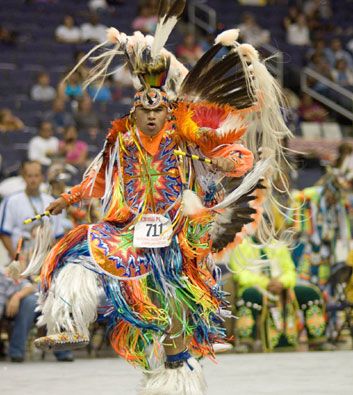
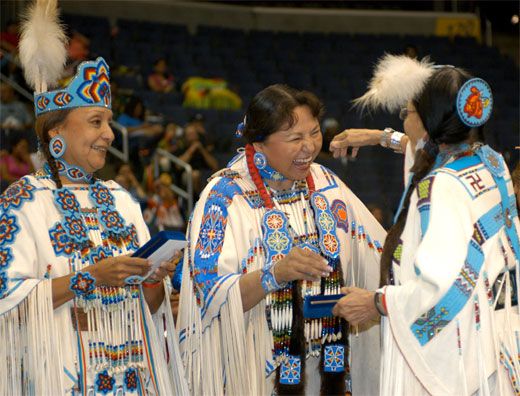
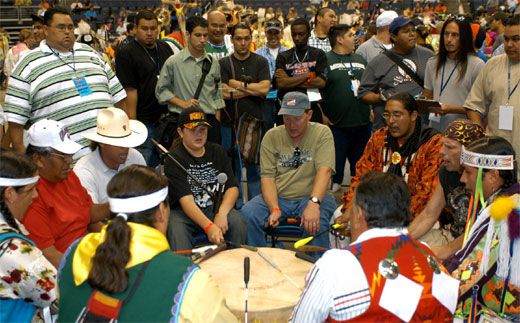
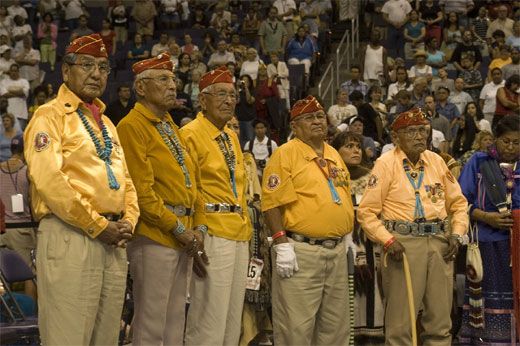
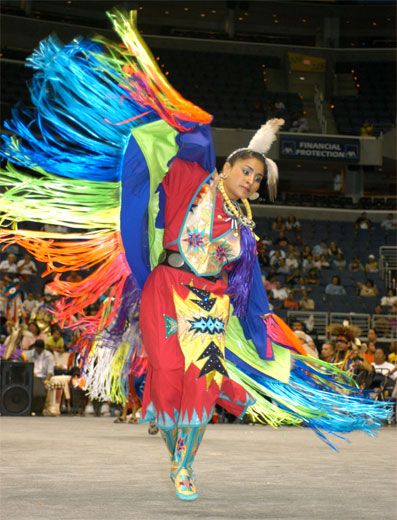
/https://tf-cmsv2-smithsonianmag-media.s3.amazonaws.com/accounts/headshot/megan.png)